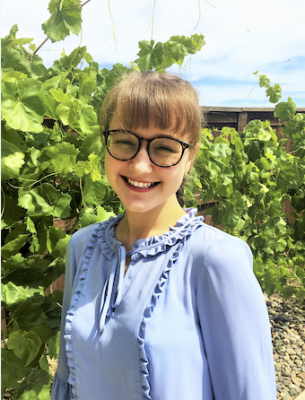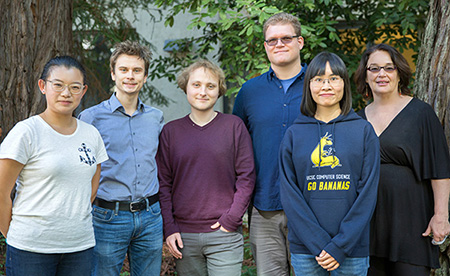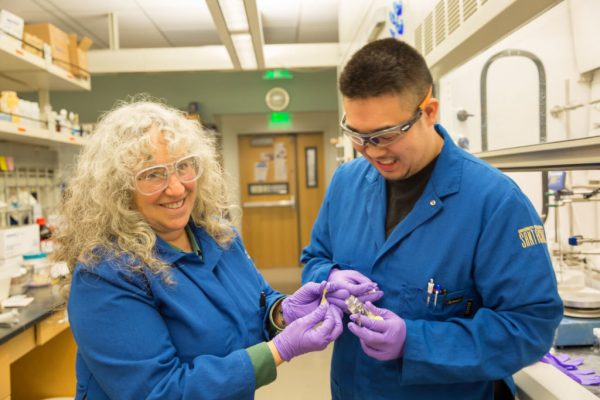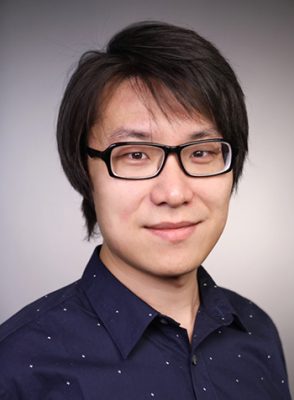Featured
Students “veg out” on the physics of music
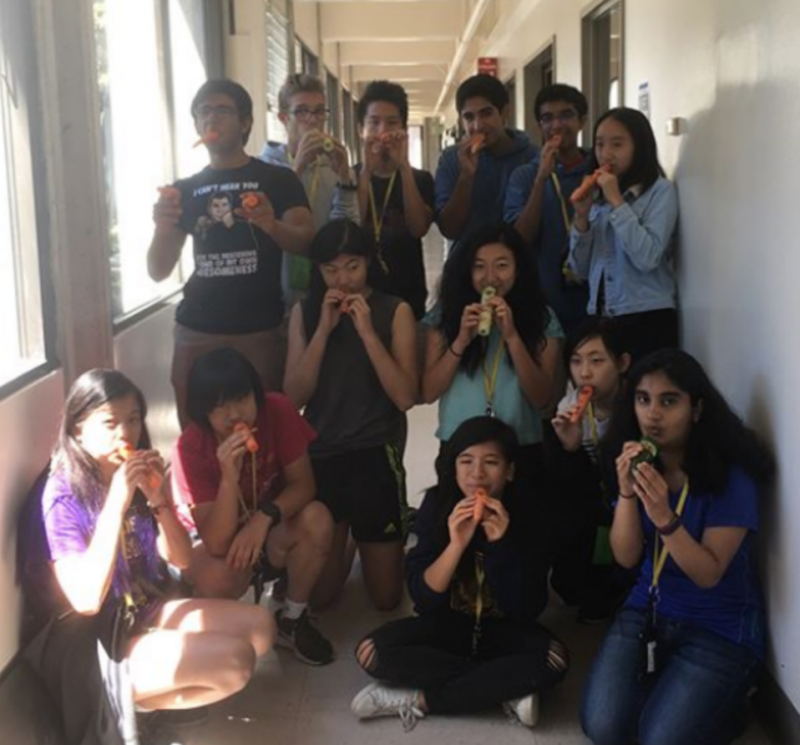
(Contributed)
September 4, 2018 — Santa Cruz, CA
(Photo above: Students of COSMOS Cluster 4 playing their vegetable instruments. Contributed.)
Every real-world problem spans disciplinary boundaries. Have you ever had a medical procedure? If so, then you have likely benefited from the arts.
That’s right, the arts! The stethoscope, for example, was invented by a flutist and physician who recorded his first observations of heart sounds in musical notation. A lacemaker adapted his lacemaking methods to suturing techniques used in organ transplants. The list goes on and on. It shouldn’t surprise you then that STEMM professionals who practice the arts, such as woodworking or painting, are more likely to file patents than those who don’t. And in high-tech fields, employers tend to favor learning outcomes associated with integrated education, such as critical thinking, communication, teamwork, and abilities for lifelong learning. This is why the Board on Higher Education and Workforce of the U.S. National Academies of Sciences, Engineering, and Medicine (NASEM) recommend in 2018 that humanities, arts, crafts, and design (HACD) practices be integrated with science, technology, engineering, mathematics, and medicine (STEMM) in college and post-graduate curricula. They emphasize that every real-world problem spans disciplinary boundaries.
Incorporating HACD into STEMM Curricula
In an effort to incorporate HACD into STEMM pedagogies, UC Santa Cruz physics lecturer Dr. Stephanie Bailey conducted a pedagogical experiment in her summer course on the physics of music. Her students were high achieving high-school students participating in the California State Summer School for Mathematics and Science (COSMOS). COSMOS is a 4-week summer residential program for high school scholars with demonstrated interest and achievement in math and science. After gaining a thorough knowledge of standing sound waves and musical acoustics, her students completed the course by carving vegetables into playable musical instruments. The process of making them enabled students to apply what they learned about sound to create their own instruments. They also learned about the trials of experimentation, while giving their creativity free rein.
Dr. Bailey turned to vegetables when it became apparent that wood- and metal-working were not feasible options in terms of access to resources and safety. Her inspiration came from a group out of Vienna, calling itself the Vegetable Orchestra, that’s been together for more than 15 years. They construct instruments out of leeks, cabbages, turnips, carrots, and even onion skins, and perform all over the world. Remarkably, vegetables have qualities that make them ideal for instruments. They’re readily available and root vegetables like carrots can be easily carved and whittled. Additionally, you don’t need a lot of money or training. You just need a little creativity. Not to mention, someone blowing into a carrot or broccoli stem and playing Amazing Grace will never not be fun. The downside of course is that vegetables do not last nearly as long as the wood from which a clarinet is made. Musical vegetables have a short lifetime, less than a few days. This is why the Vegetable Orchestra in Vienna has to make new instruments before each rehearsal or concert, carefully drilling into carrots and hollowing out squashes with an ice cream scoop.
As you know, vegetables tend to be seasonal. Fortunately, vegetables with the most musical potential are harvested in the summer (radishes, bell peppers, carrots, zucchini, potatoes, broccoli). That was convenient for us because it’s also when the UCSC 30-acre farm produces an abundance of organically grown produce. The farm was more than happy to donate vegetables to help create this multidisciplinary and integrated learning experience. Students drilled holes into vegetables of various sizes to make panpipes, flutes, recorders and clarinet-like instruments. They placed finger holes to match the size of their hands, resizing them to discover the pitch. They had to troubleshoot with knives and drills, shaving holes down, making holes bigger, and shoving bits of vegetable in to make the pitch different. The mouthpieces were the trickiest to make. You have to really get that exact. Patience was also key. Students learned how things work and don’t work.
Dr. Bailey hopes that this exercise is the beginning of a campus movement to incorporate principles of art and design into science education to make students more creative and better innovators. Certainly, specialization is important. But a lack of cross-talk among disciplines hinders the ability to solve interdisciplinary global problems. If we continue to think about problems within a narrow focus of one field, we may miss important interpretations. We need to exploit the intuitive reach of art to convey more effectively the critical messages of science, technology, and medicine to our citizens.
###
Tagged COSMOS, UC Santa Cruz





